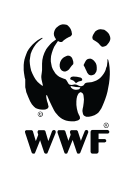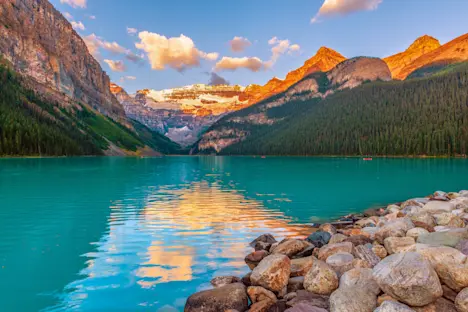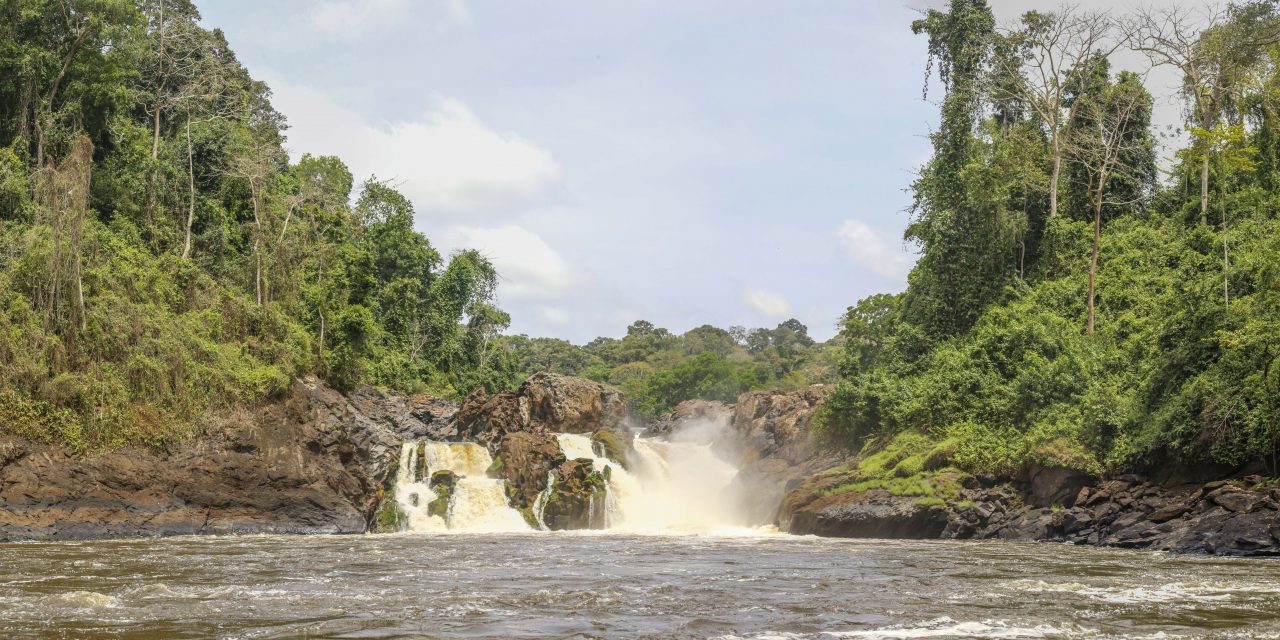Our Shared Canvas
“We need joy as we need air. We need love as we need water. We need each other as we need the earth we share.” – Maya Angelou
Some truths are universal. No matter who we are or where we come from, we depend on the same planet. The same rivers and forests, the same air currents and ocean tides. Nature connects us in ways we often forget, binding our survival to something larger than ourselves. And yet, while environmental challenges affect us all, they do not affect us equally.
In some neighborhoods, children grow up playing under clear skies and in green parks. In others, playgrounds sit next to factories, and the air carries a metallic haze. Some communities have the resources to prepare for hurricanes and rising seas, while others are left in harm’s way, without evacuation plans or recovery funds.
In a quiet coastal town, the ocean is moving in, not just as waves on the shore, but as a steady claim on homes, streets, and memories. For the families who live here, climate change isn’t an abstract headline. It’s at their doorstep.
This imbalance lies at the heart of environmental justice– the idea that everyone, everywhere, deserves the same degree of protection from environmental harm and the same access to the benefits nature provides.
What is Environmental Justice?
When I think about environmental justice, I return to this truth. Our lives are inseparable from the air we breathe, the water we drink, and the land we walk upon. Yet for too long, the brushstrokes of history have painted unevenly across our canvas, leaving some communities covered in light while others are shadowed by neglect and exploitation.
But the earth, like a masterpiece, is never finished. Every choice we make is a new brushstroke on the canvas. Each conservation effort, whether protecting freshwaters, defending endangered species, or fighting for clean air, is another layer added to the portrait of our shared future.
Consider Flint, Michigan, where residents of largely low-income families and communities of color were left without safe drinking water for years due to lead contamination. Clean water, one of the most basic human rights, became a privilege denied. The crisis wasn’t just about infrastructure– it was about whose voices were heard and whose weren’t.
At its core, environmental justice is about fairness. It asks: Who bears the greatest burden of pollution, climate change, and environmental degradation? And who enjoys the benefits of clean water, safe housing, and thriving ecosystems?
The truth is, vulnerable communities – often low-income families, Indigenous peoples, and communities of color – disproportionately face the greatest risks. Power plants, waste facilities, and highways are far more likely to be built near these neighborhoods, while green spaces, clean energy investments, and conservation funding often bypass them.
Environmental justice seeks to correct this imbalance by ensuring that no group of people is left to carry more than their share of environmental harm and that everyone has a voice in the decisions shaping their environment.
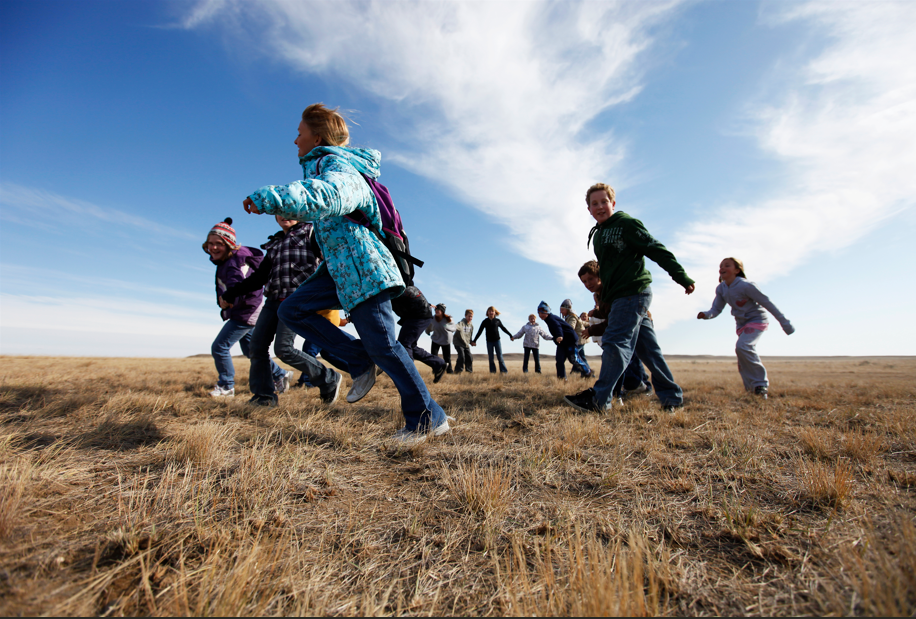
© WWF / Troy Fleece
Why Conservation is Justice
It’s tempting to think of conservation and environmental justice as separate issues: one focused on saving wildlife, the other on protecting people. But the truth is, they are inseparable. When forests are cleared, it isn’t only wildlife that disappears. So do the medicines, clean water, and cultural traditions that local communities depend on. Coral reefs that bleach threaten coastal livelihoods. And ecosystems in collapse ripple far beyond the local landscape.
Protecting nature means protecting people. Healthy ecosystems filter the water we drink, stabilize the climate we live in, and provide the resources we need to thrive. Conservation isn’t just about saving species; it’s about sustaining communities. And sometimes, it’s also about the choices we make when we step into these wild spaces as travelers.
To practice true conservation is to practice justice: to safeguard both biodiversity and the dignity, rights, and futures of the people who depend on it most.
Brighter Futures
The metaphor I keep returning to is the canvas. Our planet is not a finished painting—it is a living masterpiece, still in progress. And just as no masterpiece is completed in a single draft, the fight for environmental justice will not be solved in one generation or one policy. Progress is messy. It takes edits, new layers, and the courage to return to the canvas again and again.
The truth is this: the world we share is still in progress. What we add to it matters. Climate justice, clean water, thriving forests, and protected species are not abstract ideals. They are brushstrokes waiting for us to commit them to the canvas.
The Serengeti’s dry seasons eventually give way to renewal when the rains return. Coral reefs can regenerate if given space and protection. Species once thought lost like the California condor or black-footed ferret have rebounded because people refused to give up. Every shadow makes the light more brilliant, every setback an opportunity to reimagine what’s possible.
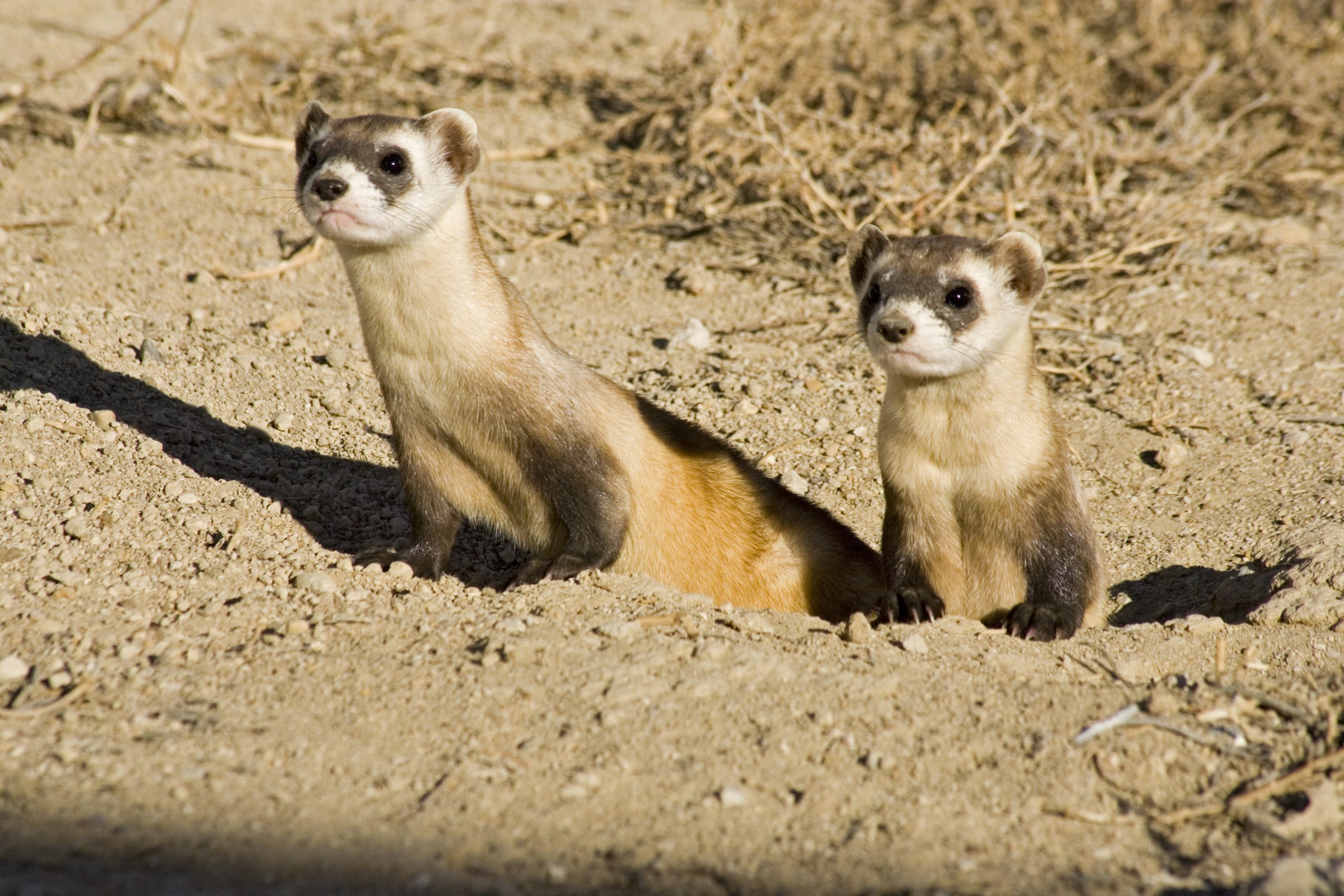
© naturepl.com / Shattil & Rozinski / WWF
Maya Angelou’s words remind us of what’s at stake. Joy, love, and connection: these are not luxuries, but necessities. And so is the earth that sustains us.
If we commit to justice, we can build a future where clean air, safe water, and thriving nature aren’t privileges, but shared rights. Because protecting the planet isn’t just about the environment; it’s about people. All people.
Our planet is not yet complete. And that’s the gift. We still have time to keep creating, keep refining, and keep making something only we can make together.
